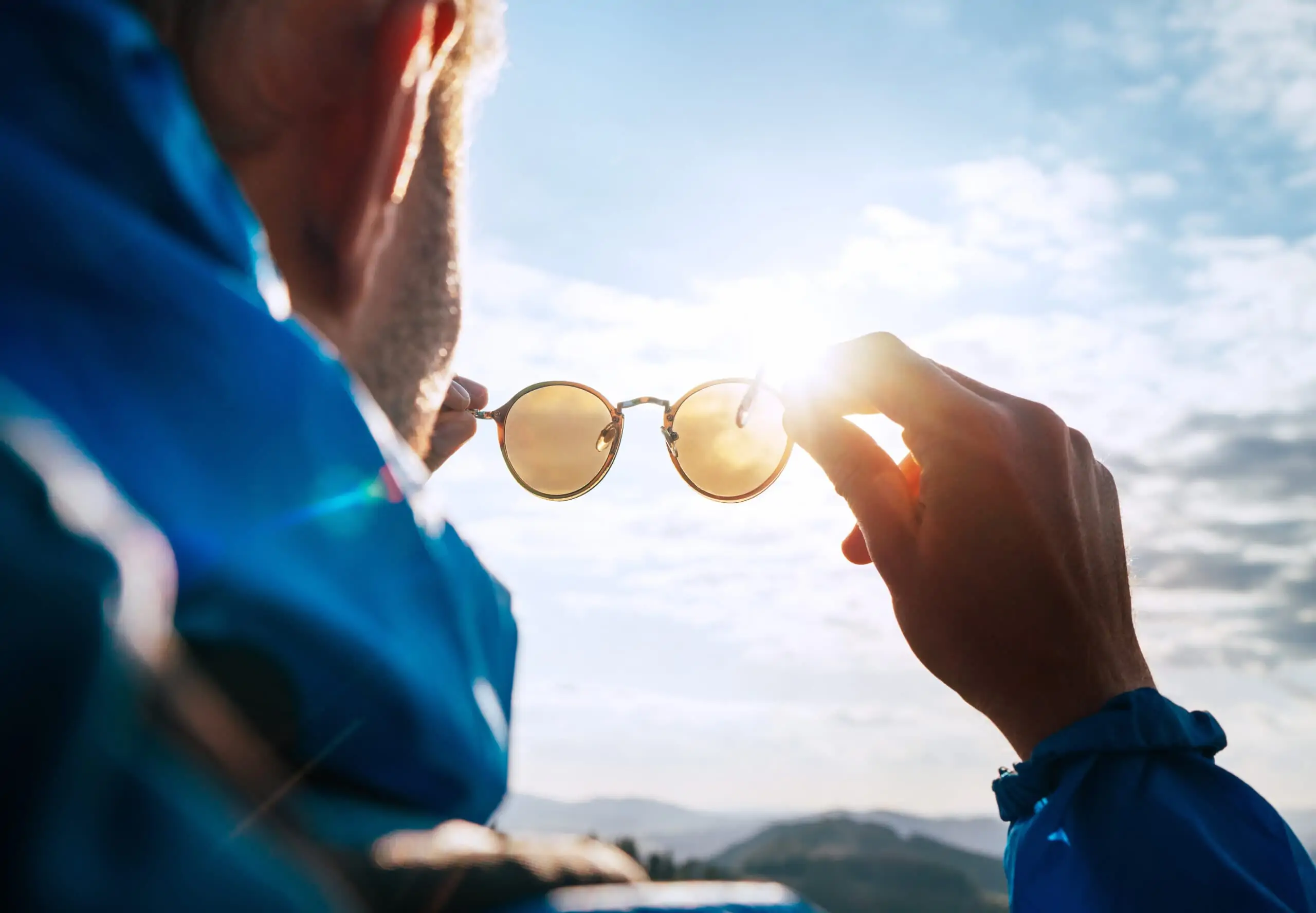What You Need to Know About the Solar Eclipse and Your Eyes

Are you on the path for the upcoming total solar eclipse occurring Monday, April 8, 2024? Those living in Texas and states along a northeast trajectory through Oklahoma, Arkansas, Missouri, Illinois, Kentucky, Indiana, Ohio, Pennsylvania, New York, Vermont, New Hampshire, and Maine should see the eclipse in totality beginning around 1:30 CDT in Texas and ending in Maine by 5 p.m. local time. According to NASA, everyone in the Lower 48 will catch a glimpse of a partial eclipse, weather depending.
Total eclipses happen somewhere around the world approximately every couple of years. As such, there have been plenty of warnings on the news and social media channels on solar eclipse viewing safety. Here, we provide a brief primer on why you need to protect your eyes and how to make sure you have the right equipment to keep your eyes safe while viewing the eclipse.
First, a bit about eye anatomy and the process of vision.
Your eyes and brain work together to make the sense of sight happen. The images you “see” are actually light rays reflecting off an object. Those light rays enter the eye through the cornea, which is the clear covering at the very front of the eye. The cornea is where light rays start to be brought into focus in the vision process. The light then passes through the pupil – the dark round hole in the middle of the eye. The pupil is surrounded by the iris, the colored part of the eye. The iris opens and closes the pupil to adjust the amount of light coming into the eye. When there is a lot of light, the iris constricts the pupil to limit the amount of light entering the eye. When there isn’t a lot of light, the iris expands the pupil to allow in more light (Spoiler alert: this matters when viewing a solar eclipse).
Behind the pupil is the crystalline lens of the eye. This lens works to focus light rays onto the retina at the back of the eye. The retina is where light-sensing nerve cells, called photoreceptors, reside. Those nerve cells convert the light rays into electric pulses that are sent to the brain via the optic nerve, which sits behind the retina. The brain interprets electric signals as images, and then you “see.”
How Your Eyes React During a Solar Eclipse
It is a myth that the sun emits more dangerous ultraviolet light rays during an eclipse. In fact, the sun behaves as it always does, eclipse or no eclipse. The amount of invisible ultraviolet (UV) light rays remains the same, but the solar eclipse limits the amount of visible light coming down to Earth. When there is limited light, the iris expands the size of the pupil to allow more light into the eye to see. The damage occurs because the eye is fooled by the celestial phenomenon and allows a potentially dangerous amount of UV light into the eye, which has the very real capacity to damage the retina.
Tips for Safe Viewing of the Solar Eclipse
- Even if they are very dark, your regular sunglasses are not safe for viewing the solar eclipse.
- The only safe way to look directly at the sun is through specifically designed solar filters. These filters are used in both “eclipse glasses” or in solar eclipse viewers you hold up to your eyes.
- Make sure you purchase solar eclipse filters and glasses from reputable manufacturers. NOTE: Some companies are selling products that claim they meet international safety standards but don’t. You can’t rely on the ISO (International Organization for Standardization) to protect you.
- You shouldn’t be able to see anything through an authentic solar filter except the sun or equally bright light, such as the reflection of sunlight off a mirror. If you can see ordinary lights through your eclipse glasses or handheld viewer, they aren’t safe and you are at a higher risk of damaging your eyes.
- Check your solar filter or eclipse glasses for any damage before using them. Any damage impacts the device’s ability to protect you, so don’t use them if you see any scratches or dents.
- Never look at the sun through an unfiltered camera, telescope, or binoculars, even with a solar filter. By design, these lens-based devices intensify light rays, damaging both the solar filter and your eyes.
To be 100% safe, consider watching the eclipse on a live stream of the event or have some fun making a pinhole projector. Also, you can check out what is being offered at your local science center or planetarium, which may provide additional resources and information about the solar eclipse and viewing options.
Although there is a lot of excitement around this particular solar eclipse, the reality is that they are not uncommon events on our planet. Your eyes and vision are precious and regardless of what is happening in the sky, it is up to you to protect them.




